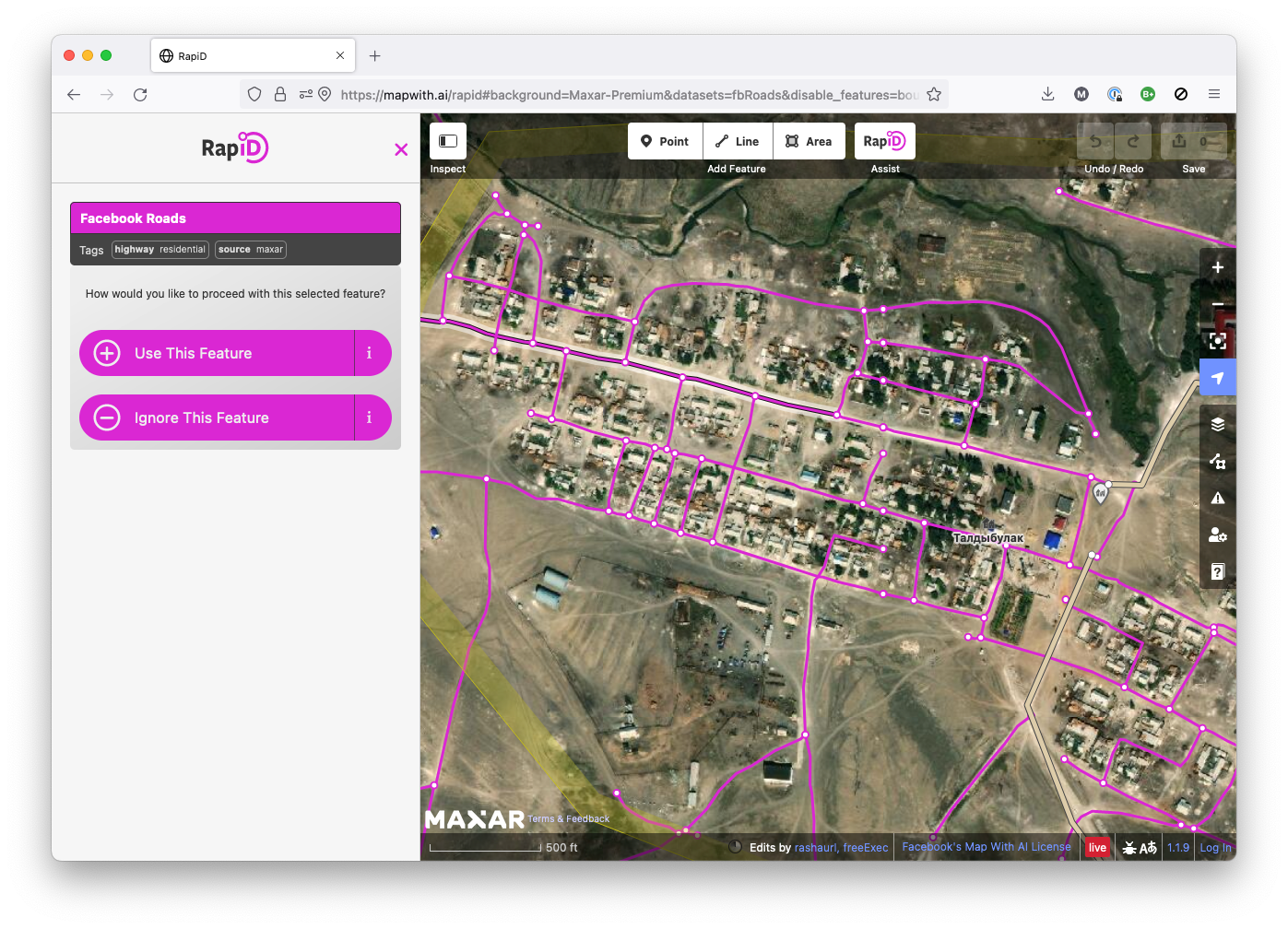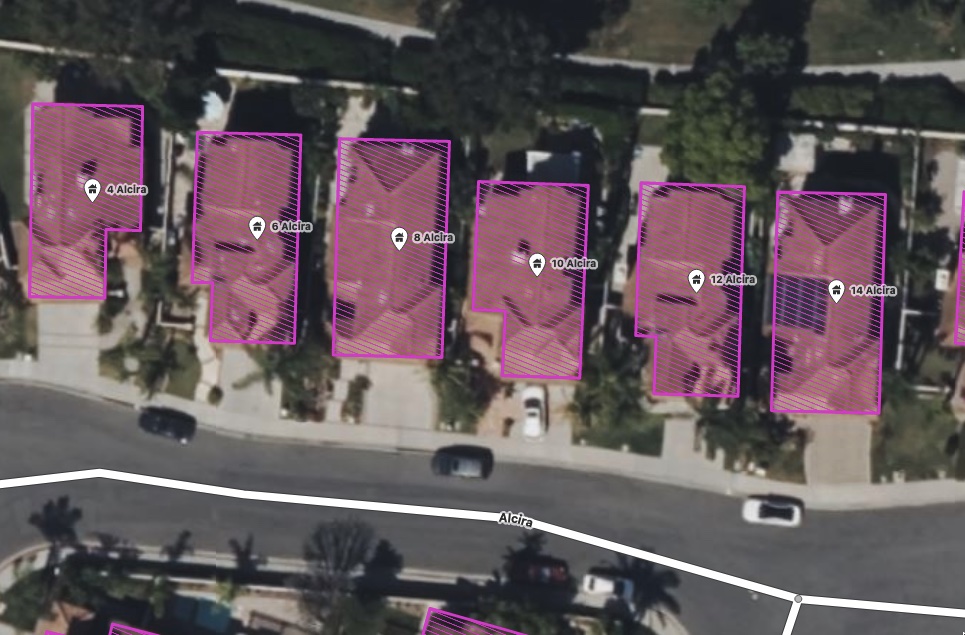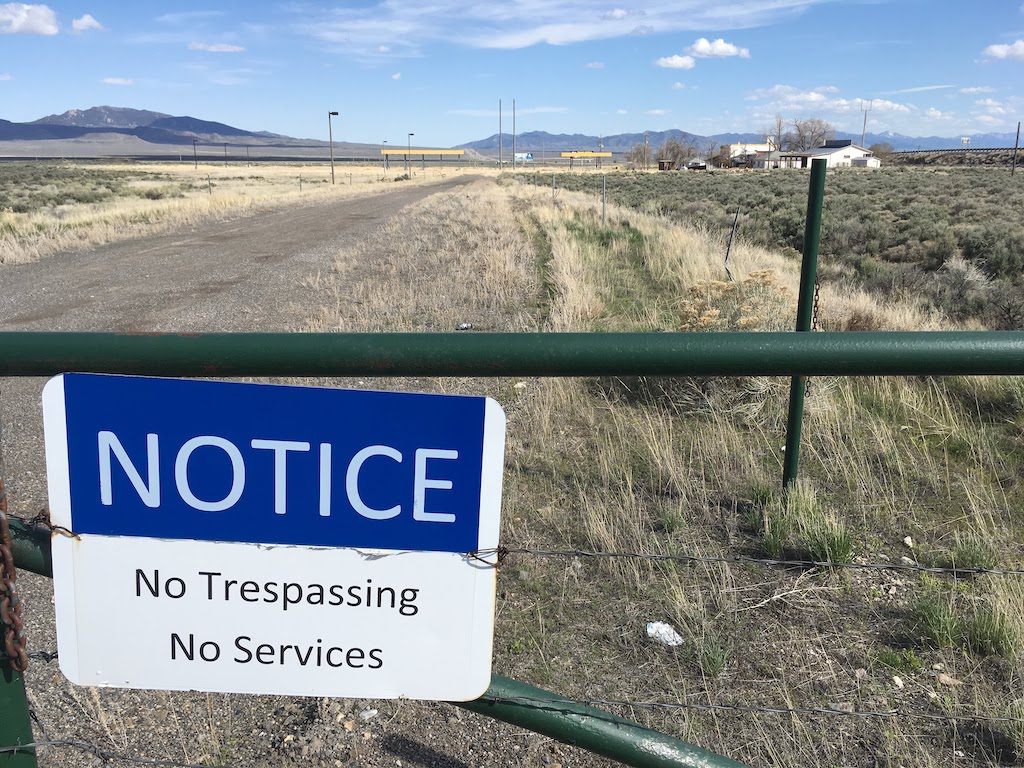I was visiting my HDYC page today. I always get sentimental looking at my first changeset, a neat feature on HDYC. Here it is with ID 90313. This makes sense to me; I lived in that part of Amsterdam at the time and the timestamp coincides with the day I created my OSM account (while participating in a weekend-long mapping party).
But, when I scroll to the bottom of the changeset page info panel, I see there’s a previous changeset:

How is that possible? If I click on the previous changeset until there is no more previous changesets, I end up at this one, with ID 7671. But that changeset was opened and closed 10 months later, in April 2008.
I always assumed that changesets with a higher ID would also be newer, but that’s obviously not always true. My best guess is that the database got reshuffled in the early OSM API days. Perhaps coinciding with the disabling of anonymous edits in late 2007?
Mysterious. How will I be able to sleep now?








